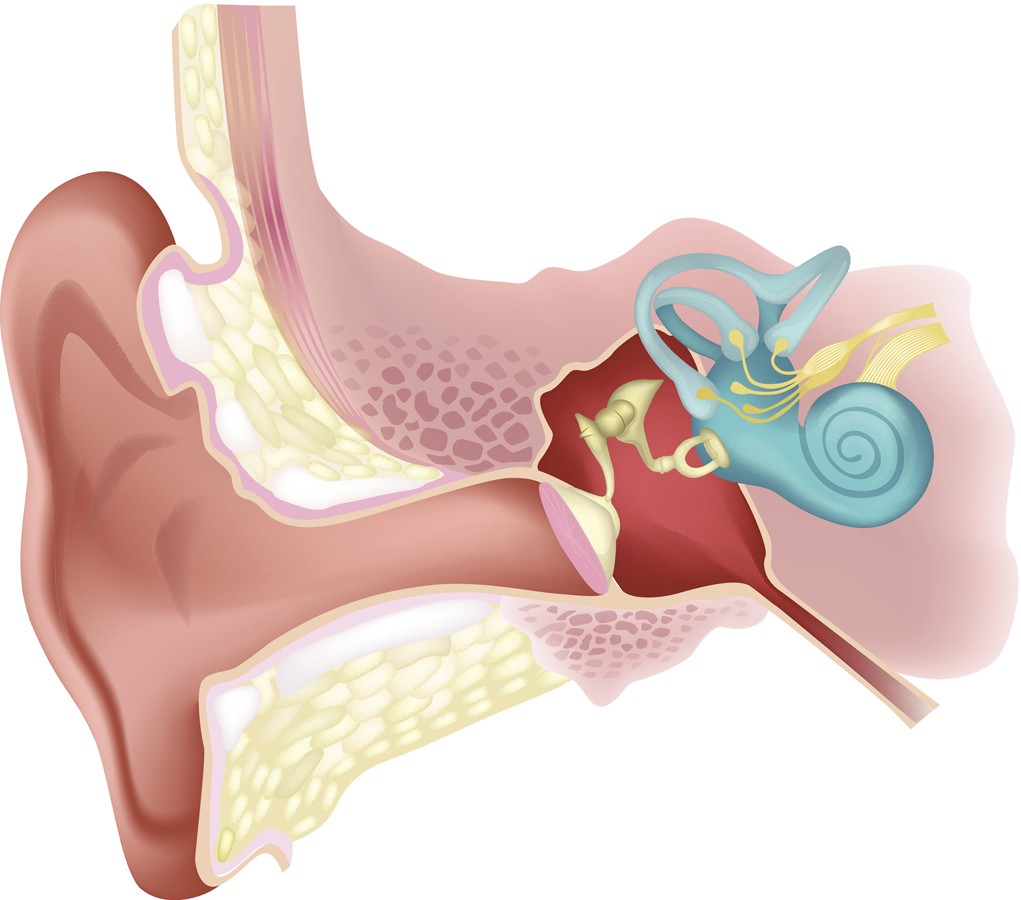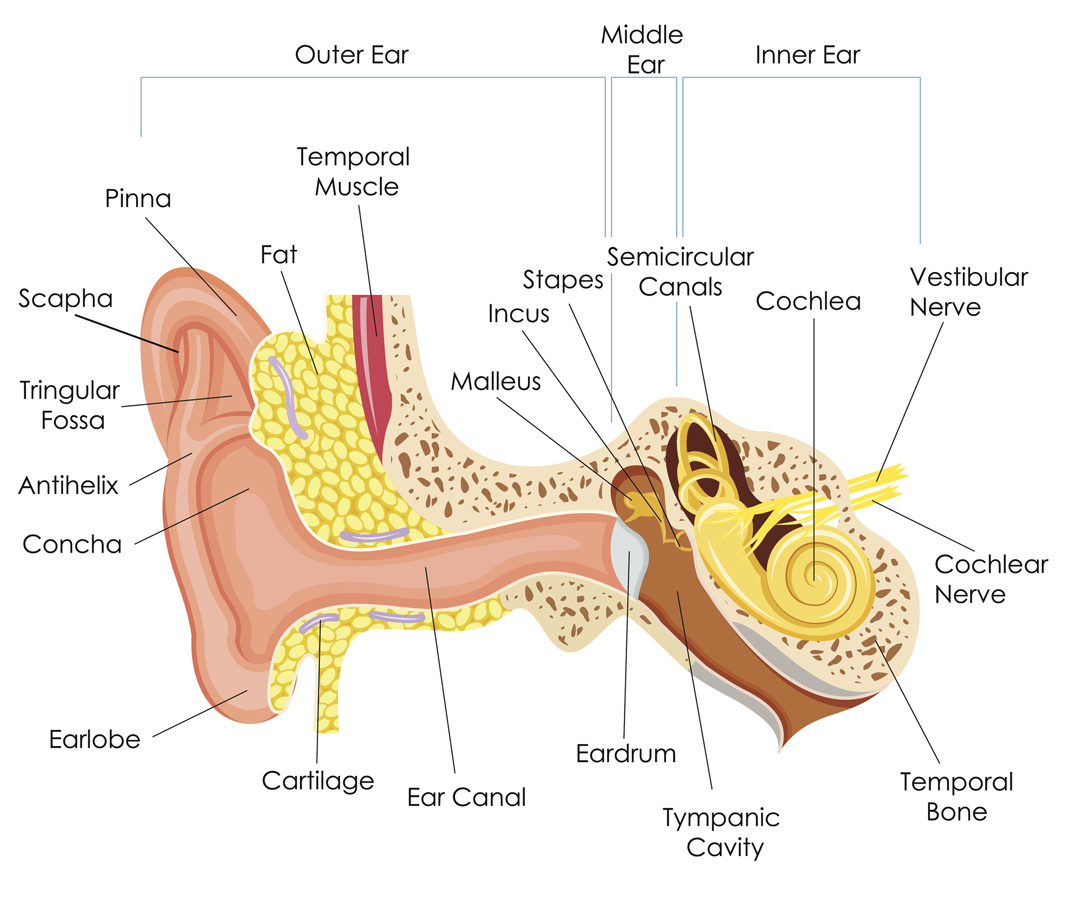
Understanding Vestibular and Balance Disorders
Dizziness is one of the most difficult complaints to assess because it is a subjective sensation that cannot be directly and objectively measured. Dizziness frequently represents many separate overlapping sensations that can be caused by a multitude of different pathophysiologic processes. Dizziness also is one of the most common patient complaints seen in ambulatory care today and therefore clinicians in almost all disciplines will be faced with evaluating this difficult problem. Evaluation and treatment of patients with dizziness will differ significantly once the category of dizziness has been determined. It is imperative that clinicians take a careful history to determine the type of dizziness prior to initiating further workup. These patients are typically challenging from a diagnostic standpoint. Their own difficulty in providing a clear and succinct history adds to this challenge. It is helpful to have a solid understanding of the various types of dizziness in order to help obtain an informative history from patients.
True Vertigo Versus Other Types of Dizziness
While the description alone cannot make this important distinction between vertigo and other forms of dizziness, there are certain terms that are frequently associated with the description of different forms of dizziness. A vestibular disorder is almost always described as a sensation of spinning and is accompanied by nystagmus that patients may report as a feeling that their eyes were rapidly snapping or jerking to and fro. This will relate to a sensation that the environment around them is moving. Patients with nonvestibular dizziness may describe a spinning sensation inside the head; they do not have nystagmus and thus do not report movement of the environment. Those patients with vestibular dysfunction may equate the feeling to a sensation of having motion sickness and describe feelings of imbalance, as though they were falling or leaning to one side. Those patients describing their symptoms with terms such as “lightheaded . . . swimming . . . giddiness . . . floating” most often have a nonvestibular etiology for their dizziness. Psychophysiologic dizziness is suggested by a description of a feeling that they have left their body. True vertigo is an episodic phenomenon compared to nonvestibular dizziness that is often described as a continuous symptom.

Vertigo is often aggravated by head movements, while nonvestibular dizziness can be aggravated by movement of targets in the visual field. This is often obvious in patients who complain of dizziness stimulated by specific situations such as driving in traffic or shopping in a busy supermarket. In cases where the dizziness is primarily related to positional changes, and postural hypotension has been ruled out, a vestibular lesion should be suspected. The association of symptoms, such as nausea and vomiting or auditory or neurologic symptoms, is more likely to be seen with vestibular causes of dizziness.
Differentiating Among Common Causes of Vertigo
Typically, peripheral vertigo is more severe than central forms and is more likely to be associated with auditory symptoms (e.g., tinnitus, hearing loss), as well as nausea and vomiting. Other neurologic symptoms are generally associated with vertigo of central origin. Such symptoms might include diplopia, weakness, numbness, or incoordination.
One of the original point mentioned was the importance of determining the basic characteristics of the patient’s dizziness, including the length of time that the episodes last. Such information is now even more helpful in leading the clinician to a diagnosis. Episodes of dizziness lasting only seconds in duration are suggestive of benign positional vertigo. This is often preceded by an initial period or episode with complaints of a nonspecific sense of disorientation and imbalance associated with nausea and vomiting that may last for hours or days. When describing more recent recurrent attacks, the patient clearly can separate out brief (seconds) episodes of positional vertigo. A vertiginous episode beginning abruptly and lasting minutes in duration is more characteristic of a vascular etiology, such as vertebrobasilar insufficiency or migraines.

Meniere’s disease is often responsible for episodes of vertigo that heighten in severity over a period of minutes, but last for several hours with a gradual improvement during another period of several hours. Vestibular neuronitis and episodes of labyrinthitis typically present with fairly abrupt onset vertigo (over a period of hours) with resolution of the acute phase over the next several days. Traumatic injuries or vascular infarction of the labyrinth cause a sudden onset of symptoms with a slow recovery from the acute phase over a period of days to weeks, often with residual effects over a period of 12 to 18 months.
Head Impact Injuries
The Center for Disease Control (CDC), estimates that each year over 20 million children and adults will suffer from concussions, mild traumatic brain injuries (TBI), or head trauma as a result of sports injury, falls, motor vehicle accidents and blunt force trauma. Head impact injuries cause disruption of participation in sports, work, and recreational or just everyday activities. Symptoms associated with head impact trauma may include: dizziness, nausea, blurred or double vision, imbalance, hypersensitivity to light, and cognitive impairment.
Hear From Our Patients
Karen H.
Dorothy L.
